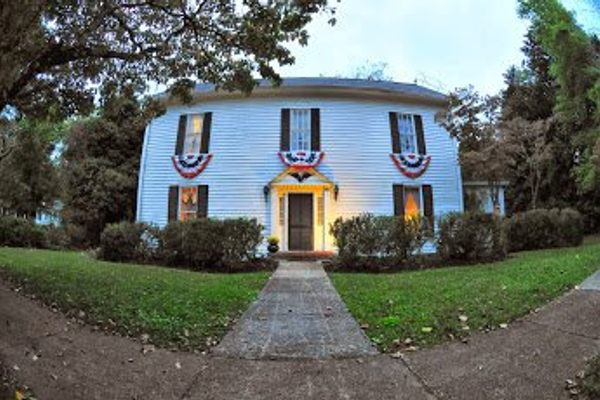Found: Weapons From World War II, Uncovered by a Hurricane
A North Carolina beach had secrets from the 1940s buried deep in the sand.

The first clue that Hurricane Florence had swept decades worth of sand from the beach was the coins, which dated back to the 1940s and ’50s. They weren’t sand-blasted, like coins washed in from the ocean; they were still encrusted with a greening corrosion. “I realized that the sand from the dunes had just been washed away, and had left a beautiful layer, a snapshot of what the beach would have looked like in the 1940s and 50s,” says Bradley Dixon.
Dixon, 32, had come down to Topsail Island, on the North Carolina coast, to volunteer after the hurricane, cleaning up debris, working on roof-tarp jobs, helping out a local campground. “We have a little place down there,” he says. “That’s our beach. That’s the place we love.” In the mornings, he would pick up trash, washed in from as far away as Haiti, from the island’s shoreline, where he noticed the coins and decided to search the area with his metal detector.
Among the first military artifacts he found were bullets for a Browning machine gun and shrapnel. But soon he was turning up much larger projectiles, 40mm and 90mm caliber—the largest so heavy they weighed 27 pounds each. He eventually found four of those heavy, anti-tank projectiles.*
“It’s basically a big old, heavy steel chunk that was flying through the air,” Dixon says.

Usually, when metal detecting, Dixon focuses on an area where he’s likely to find pre-Civil War artifacts, when anything metal was likely lost rather than thrown away, he says. But Topsail Beach has an unusual history. During World War II, it was used as a training ground for fighter pilots, including Women Airforce Service Pilots; pilots would use the island for target practice and train to avoid anti-aircraft assaults. After the war, Topsail Island was used as a test base for guided missiles. Observation towers built as part of the project, named Operation Bumblebee, still stand today.
Dixon hopes the artifacts he discovered will go to a local museum; for now, he’s keeping them in a freshwater bath, to flush out the salt water and remove the rust so they’ll last for years to come.
“I think they’re awesome!” he says. “I’m glad I was able to recover them from the sand. In another 100 years, there might not be anything left of them.”



*Correction: This post originally called these objects missiles and has been updated.














Follow us on Twitter to get the latest on the world's hidden wonders.
Like us on Facebook to get the latest on the world's hidden wonders.
Follow us on Twitter Like us on Facebook